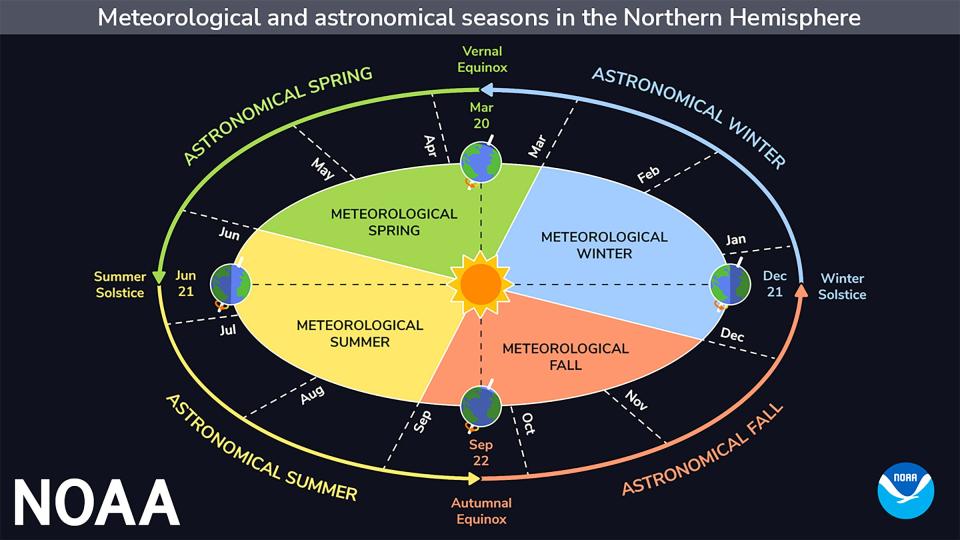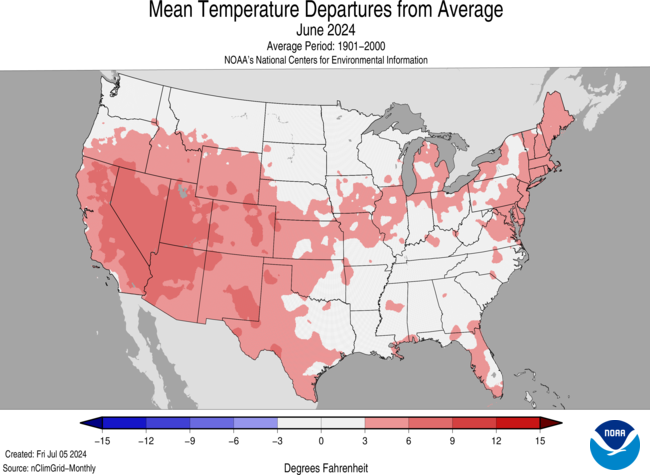When will Florida see cooler temperatures? Here's what you can expect for winter 2024-2025
It's July. It's Florida, and that means it's hot.
As the National Weather Service issues regular heat advisories, warning residents and visitors alike of heat index numbers climbing as high as 112, we can't help but wonder when winter and cooler temperatures will arrive.
OK, to repeat, it's Florida. It's July, so yes, there are several more months of hot temperatures ahead. And we haven't forgotten that in Florida, "winter" is more of a term applied to when we may be able to turn off the air conditioner and open the windows ... for maybe a day or two.
So when will "cooler" temperatures arrive in Florida and what can we expect for the 2024-2025 season? Remember La Niña? That weather system is not only increasing the chances for more tropical cyclones in the Atlantic basin this year, but also affects what we can expect this winter.
When does winter start?

The answer to the question "when does winter start" depends on which winter you're referring to: meteorological or astronomical.
Astronomical seasons are based on the position of Earth in relation to the sun, whereas the meteorological seasons are based on the annual temperature cycle, according to the National Centers for Environmental Information.
Meteorological seasons are the three-month periods we commonly refer to when talking about spring, summer, fall and winter. Winter months are: December, January, February.
Astronomical seasons are based on the position of the earth as it makes its annual trip around the sun, according to NOAA. Seasons are defined by the two solstices and two equinoxes. Astronomical winter months will run from the December solstice on Dec. 21, 2024, until the spring equinox on March 20, 2025.
How does La Niña affect Florida temperatures?
A lot has been said about how La Niña conditions this year are affecting the forecasts for a very busy hurricane season.
But La Niña has a wider impact than providing conditions perfect for developing tropical cyclones. It also impacts weather across the U.S.
For Florida, La Niña usually brings dry and warm winters, according to the National Weather Service and NOAA.
Here are the early predictions for what the winter months may bring.
Temperature outlook for Florida
Use the slider to compare the outlook for October-December 2024 with January-March 2025.
NOAA is predicting Florida will see above-average temperatures from October 2024 through March 2025.
Will Florida be dry or will rain chances increase this fall, winter?
Use the slider to compare the precipitation outlook for October-December 2024 with January-March 2025.
NOAA's seasonal precipitation outlook lean toward below average when it comes to rain this winter, although chances for rain are slightly better across South Florida than the rest of the state for the last three months of 2024.
What are Florida average temperatures by month?
Weather averages by month for the Miami metropolitan area, as provided by NOAA:
January: 74 degrees
February: 77 degrees
March: 80 degrees
April: 83 degrees
June: 89 degrees
July: 90 degrees
August: 91 degrees
September: 89 degrees
October: 85 degrees
November: 80 degrees
December: 77 degrees
Want more? In records going back to 1895, the Florida Climate Center provides average temperatures by month for the state.
Or compare temperatures by month for Miami, Jacksonville, Tampa and Pensacola with WeatherSpark.com.
June 2024 second warmest in 130 years

The average temperature of the contiguous U.S. in June was 71.8 degrees, which was 3.4 degrees above average, ranking second warmest in the 130-year record, according to NOAA.
Don't expect conditions to improve in July.
"Above-average temperatures are favored to impact areas across the western and southern portions of the U.S. in July," NOAA said.
This article originally appeared on Treasure Coast Newspapers: Florida winter forecast. When will it get cold?

